.jpg)
It is autumn as I write this, outside the window our home is surrounded by the beautiful shining ‘Lady of the Woods'.
More commonly known as the white birch tree, named for its elegance, charm, lightness and the mesmerizing aroma after rain.
With it's white papery bark fluttering in the wind, the autumn turned golden leaves swirl around in the wind before landing on the ground, the birch tree provides oxygen and shade, heat and countless healing properties. The Birch bark, leaves, sap, fungus's that grow upon them, the roots, all offer us powerful healing medicine.
There are about 60 species of birch trees, I am most familiar with the white birch (also known as paper birch, canoe birch, lady of the woods), grey birch and yellow birch. The white birch is the most widely distributed of native birches, white birch grows in every region of Canada and most of the northern tier states of the united states.
You'll find birch in traditional Russian, Chinese and First Nations medicines, you'll find it in hardcore survival books and for many of us in North America and equally cool regions such as Russia, you'll find these trees in your own back yard.
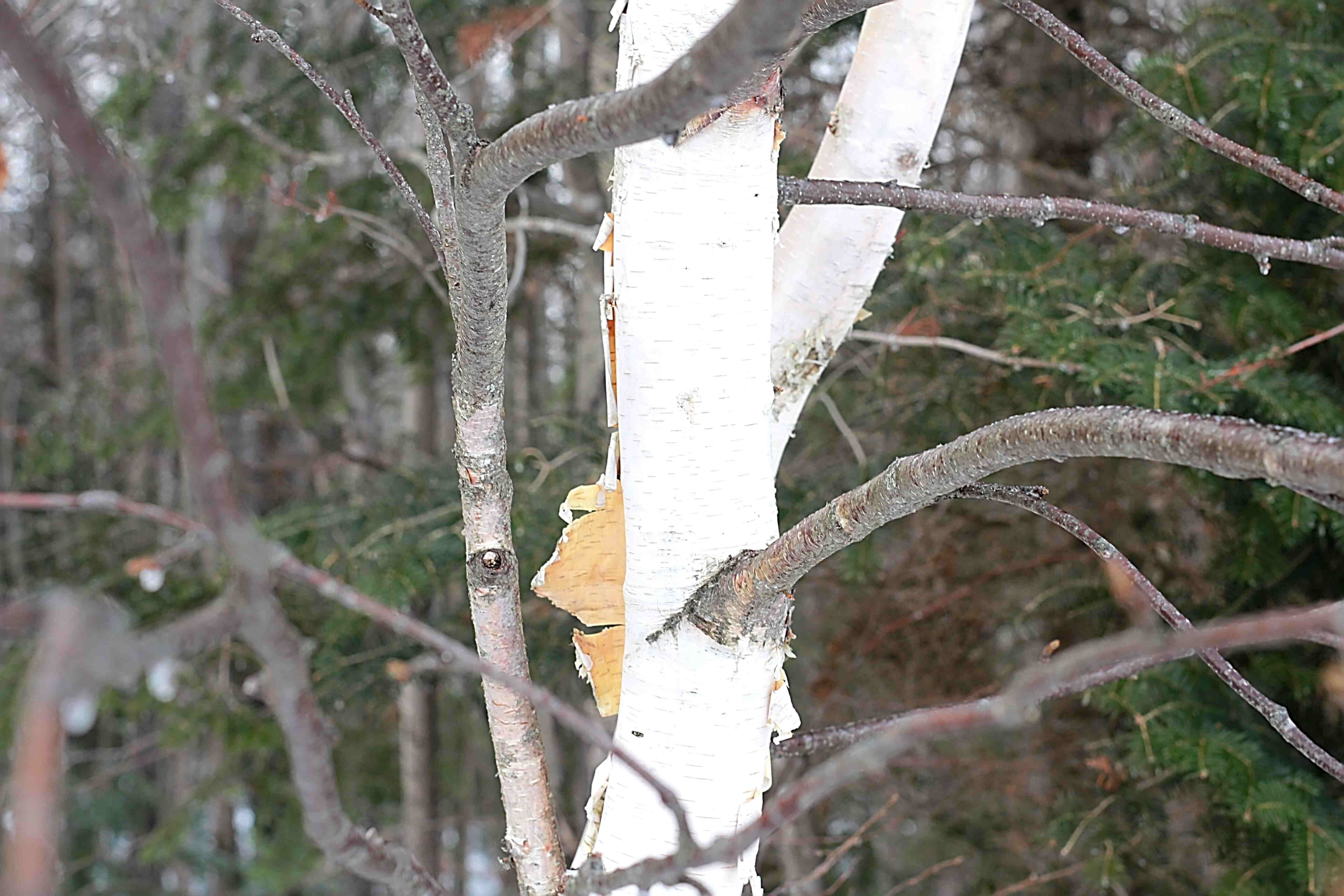
When @naturalmedicine announced a new challenge: medicine as local as you can get it I just had to write about the tremendously important birch tree. Do you have something growing near by that you use as natural medicine? If so you should ENTER THE CONTEST and share your knowledge!
birch /bərCH/
1.a slender, fast-growing tree that has thin bark (often peeling) and bears catkins. Birch trees grow chiefly in north temperate regions, some reaching the northern limit of tree growth.
the hard fine-grained pale wood of any of the birch trees.
noun: birchwood
2. historical
a formal punishment in which a person is flogged with a bundle of birch twigs
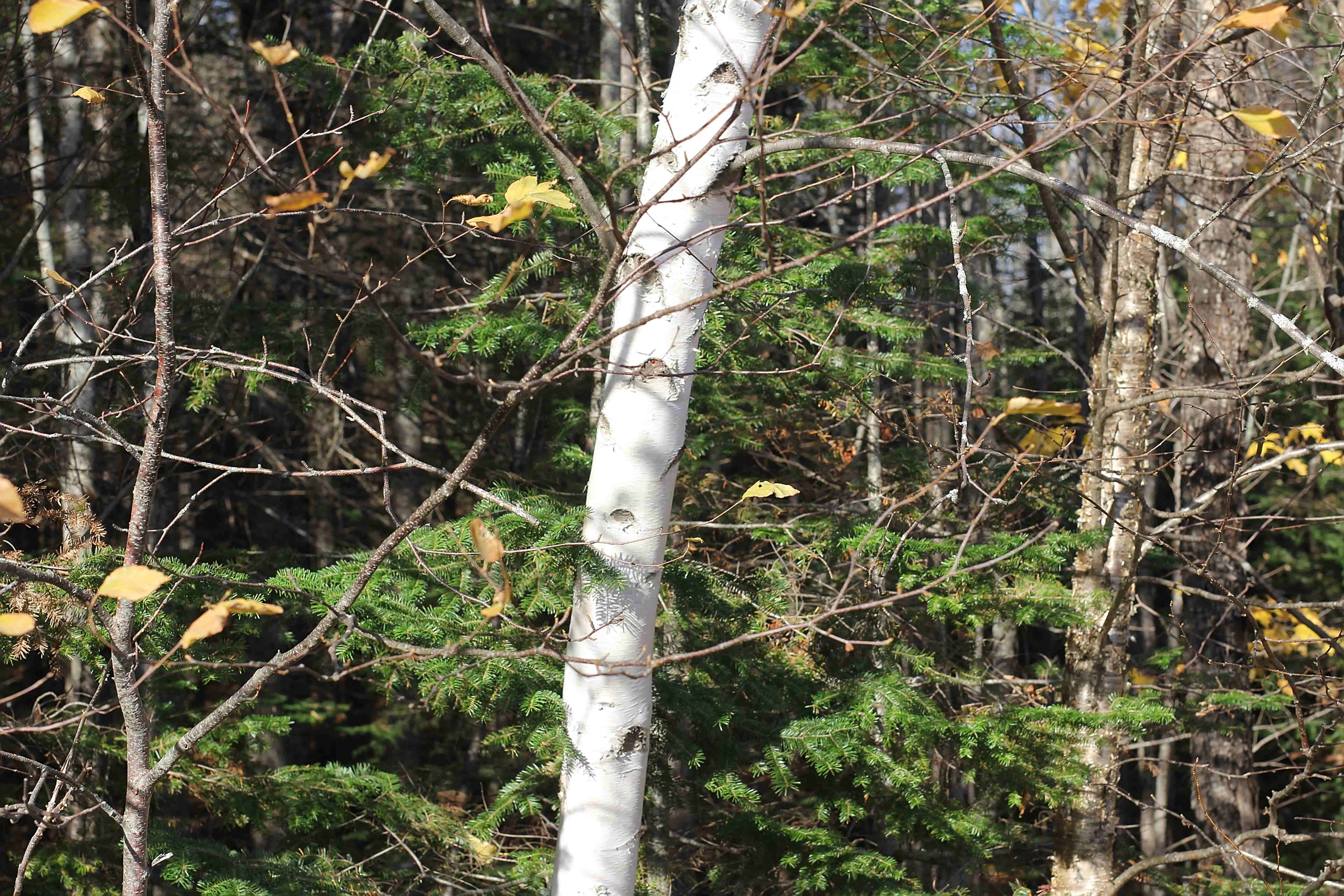
Identifying The White Birch (Betula papyrifera)
The birch species most prevalent in my life is the white birch so I'll detail the attributes of it specifically - just keep in mind there are over 60 species of birch, each with their own unique identifying properties, and you'll often find more than one type in your forest. A guide book and even better a guide can really help you identify trees properly.
Betula means 'pitch' and papyrifera means ’paper bearing’. The white birch is a medium-sized tree that can be 30 metres tall. It has a slender trunk that often curves before extending to the narrow, oval-shaped crown. In the open, the crown is pyramid-shaped. It is a deciduous tree and sheds its green leaves in the autumn. The white birch is a hardwood tree.
Bark The tree's trunk is covered in thin, smooth white outer bark that peels off in large papery sheets. Beneath the bark is a reddish-orange bark that will gradually turn black as the tree ages.
Leaves from the white birch tree are egg-shaped or triangular in shape and are 5 to 10 centimetres long. They are dull green on top and lighter green and slightly hairy underneath.
Flowers are either male or female and are in narrow catkins. Female catkins are 2 to 4 centimetres long, standing erect at the tip of the branch. Male catkins are longer and hang below the branch. The flowers appear before or at the same time as the leaves.
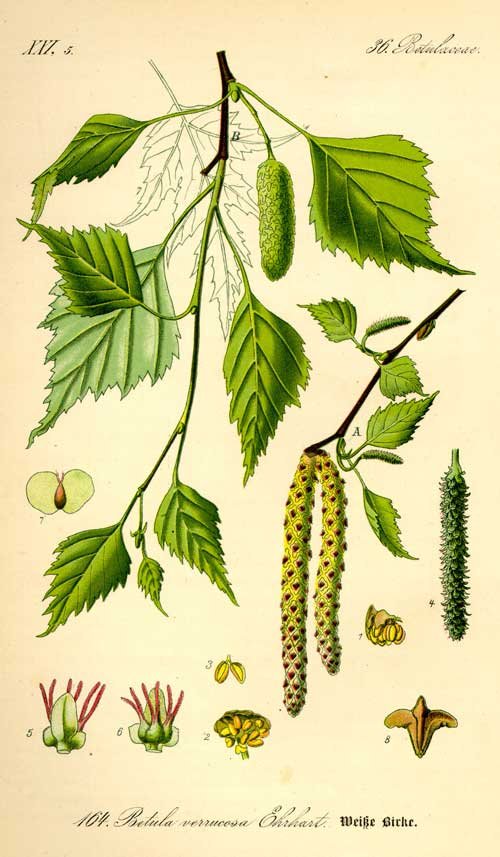
In folk lore the birch is known as many things: The mother tree, Beith, Tree of Endurance and Survival, Tree of Air and Water, Betula Alba, The Lady of The Woods, The paper Tree, The Shining One, The Nurse Tree, Tree of Renewal and Rebirth. It was the first tree to grow after the ice age retreated. source
Birch Tree Medicine
The Birch tree has a wide variety of medicinal applications. Each part of the tree has different beneficial qualities. The leaves, the twigs, inner and outer bark, occasional chaga fungus, all provide many medicinal benefits. In general, Birch is said to have diuretic, antirheumatic, stimulant, astringent, anthelmintic, choloagogue and diaphoretic qualities. source
Wild Chaga (Inonotus obliquus)
Chaga is a parasitic fungus most often found on birch trees in cool climates. It is commonly found in the United States & Canada along with Russia, Korea and Northern Europe.
Chaga has a symbiotic relationship with the tree on which they grow. It will often work to heal an injured tree. This is why it is so important that you are very careful when you harvest chaga, taking only a little bit.
Identifying Chaga
The best way I can describe it is: a big lumpy burned "charcoal" looking mass growing on the trunk of the tree. When you cut into it, it will be a golden/orange colour and have the consistency of a sponge on the inside. [Here is another guide to help you out](
Medicinal Benefits
Chaga is said to have: antioxidant, anti ageing & immunity boosting properties.
According to Cass Ingram, MD, Among the Ojibwe of northern Canada, it is regarded as a cure for tumors. In Korea, it is used to fight stress and regulate energy. It has also been used in Europe to cure inflammatory skin conditions, including psoriasis and eczema, and it is well known in Eastern Europe for its powers against bronchitis and lung disease. source
How to harvest Chaga Sustainably
The best time to harvest chaga is in the late autumn when the birch tree has entered its dormancy stage. This is the time when the nutrients will be at their peak.
You should only remove the mushroom part of the fungus, not the entire conk. We only ever remove a portion of the mushroom. Just enough for our own needs. Careful harvesting ensures the continued growth of the fungus; while protecting the host tree from damage and susceptibility to harmful infections.
Once done, the harvested Chaga should be dried to remove its moisture content. It can then be finely ground into powder or broken into smaller pieces.
How to use Chaga
To use chaga, soak small chunks in hot water for 90 minutes. You can dry and reuse the chaga several more times and you can store the chaga tea in your refrigerator for a week or so. It can also be ground into a fine powder and mixed with food and drink or infused in alcohol to create a tincture.
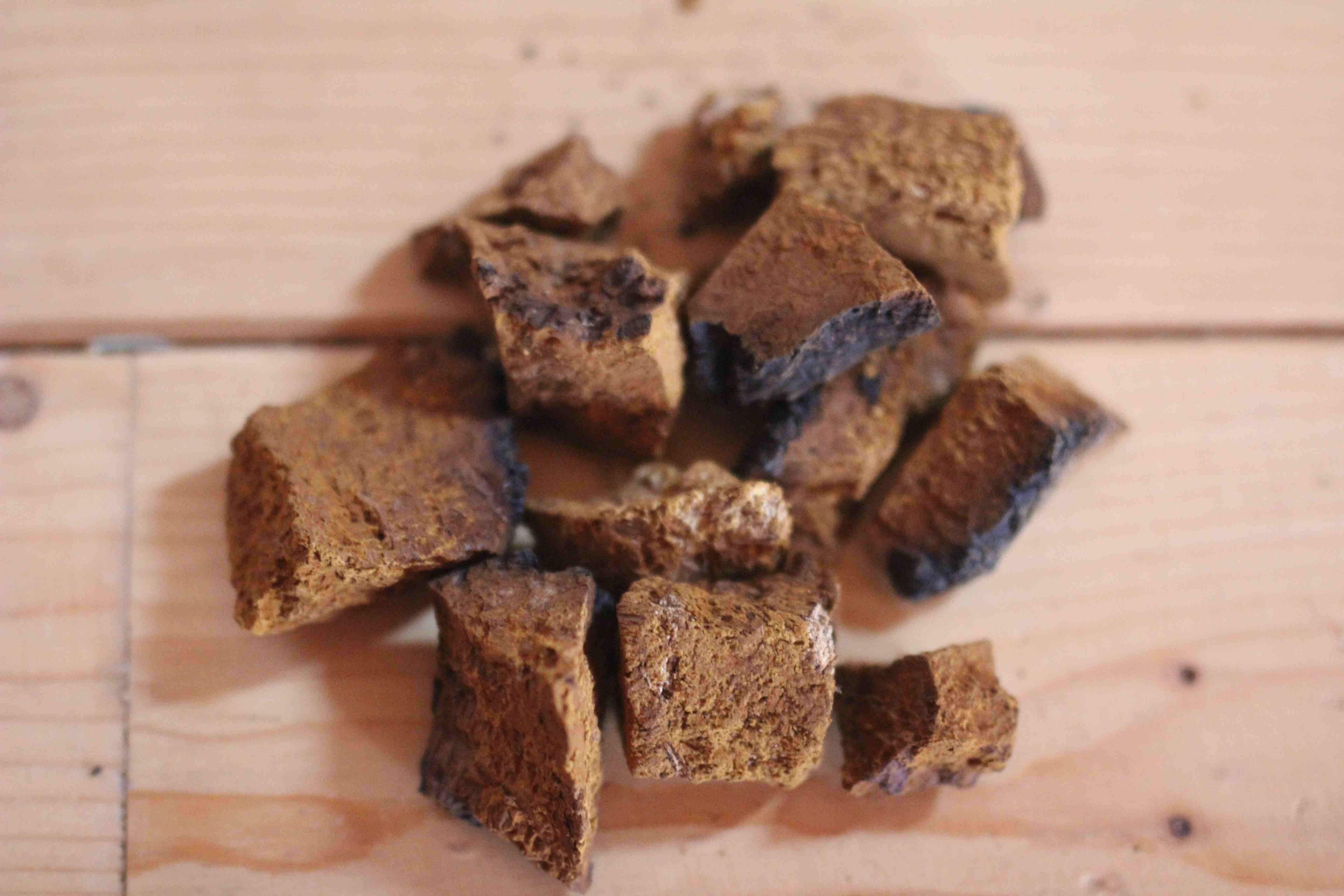
Chunks of chaga. Steep 2-3 chunks of this size in hot water for tea.
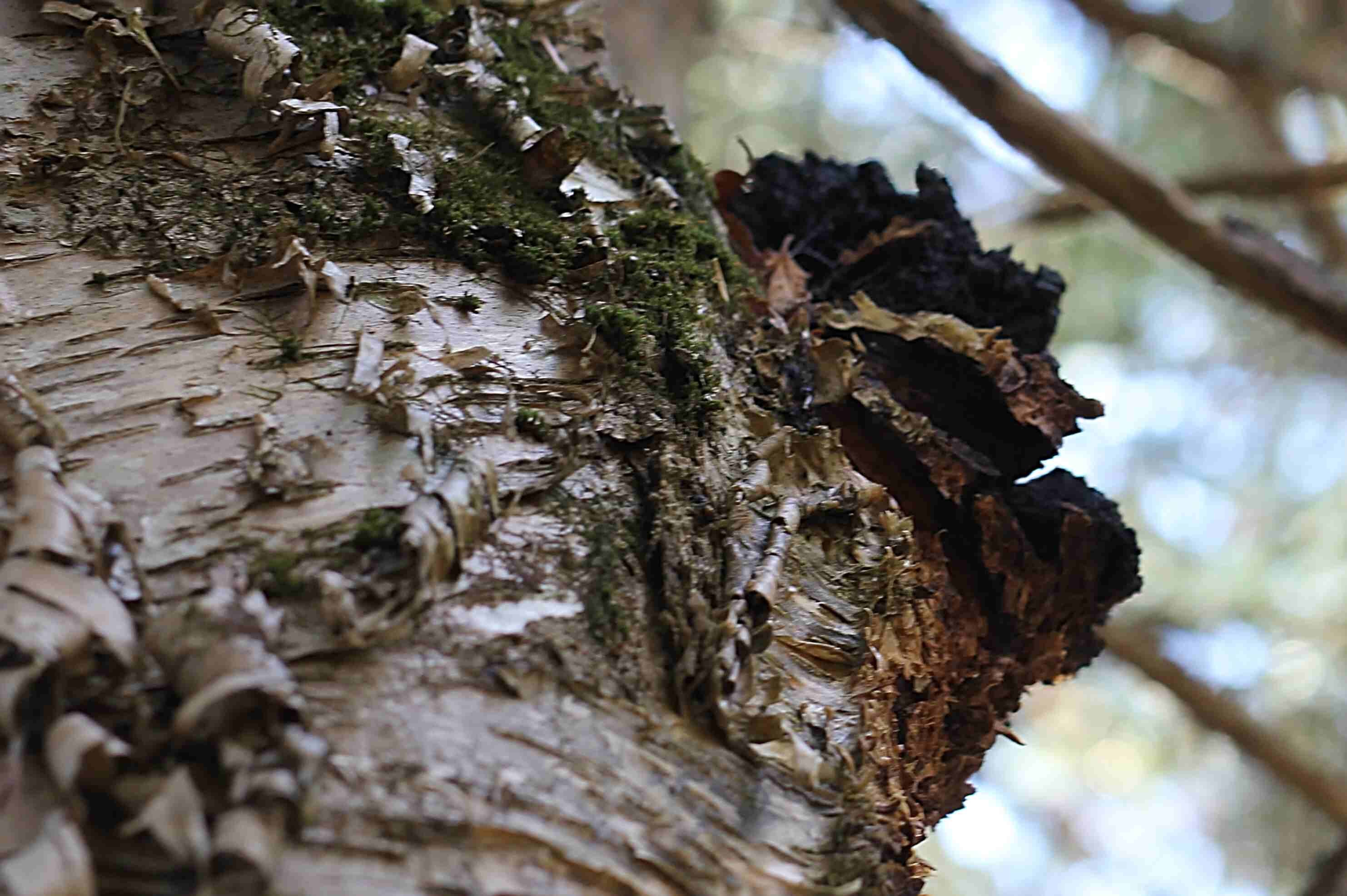
Note the charcoal appearance and black colour. This tree is injured badly in a grove where other large trees have fallen on it. It was very high up and rather dangerous to be hanging around so I could not investigate further or get a better photo.
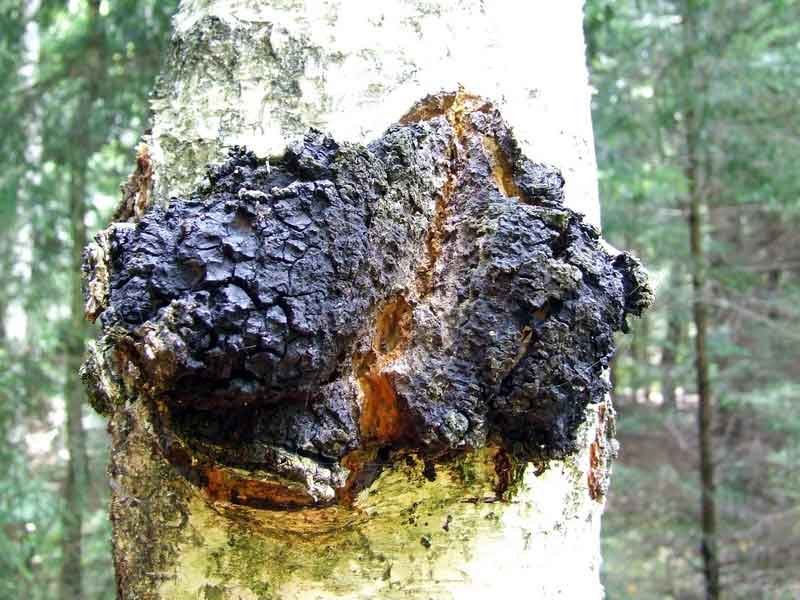
This is a much better photo! Borrowed from chagaHQ.com.
Birch Leaf
Birch leaf is known for its soothing and purifying effects on the skin. This plant has been used in traditional medicine primarily for its analgesic action; birch also possesses antibacterial, antiseptic, counter-irritant, astringent and anti-inflammatory activity. Birch leaf also contains several natural antioxidants in the form of flavonoids and vitamin C. The leaves also contain saponins, flavonoids, tannins and sesquiterpenes.
It can help treat inflammation or infection in the urinary tract. Birch leaf tea may also help treat edema and flush the kidneys. Birch leaves have diuretic properties that help to flush the system of uric acid, toxins and excess fluids throughout the body.
How to use birch leaves
You can collect birch leaves in early spring and use the leaves fresh or your can dry them and keep them for later. To make tea, steep five fresh leaves or a tablespoon of dried leaves in hot water and let steep for ten minutes. If you have a masticating juicer, you can also extract juice the leaves for a more concentrated/raw juice.
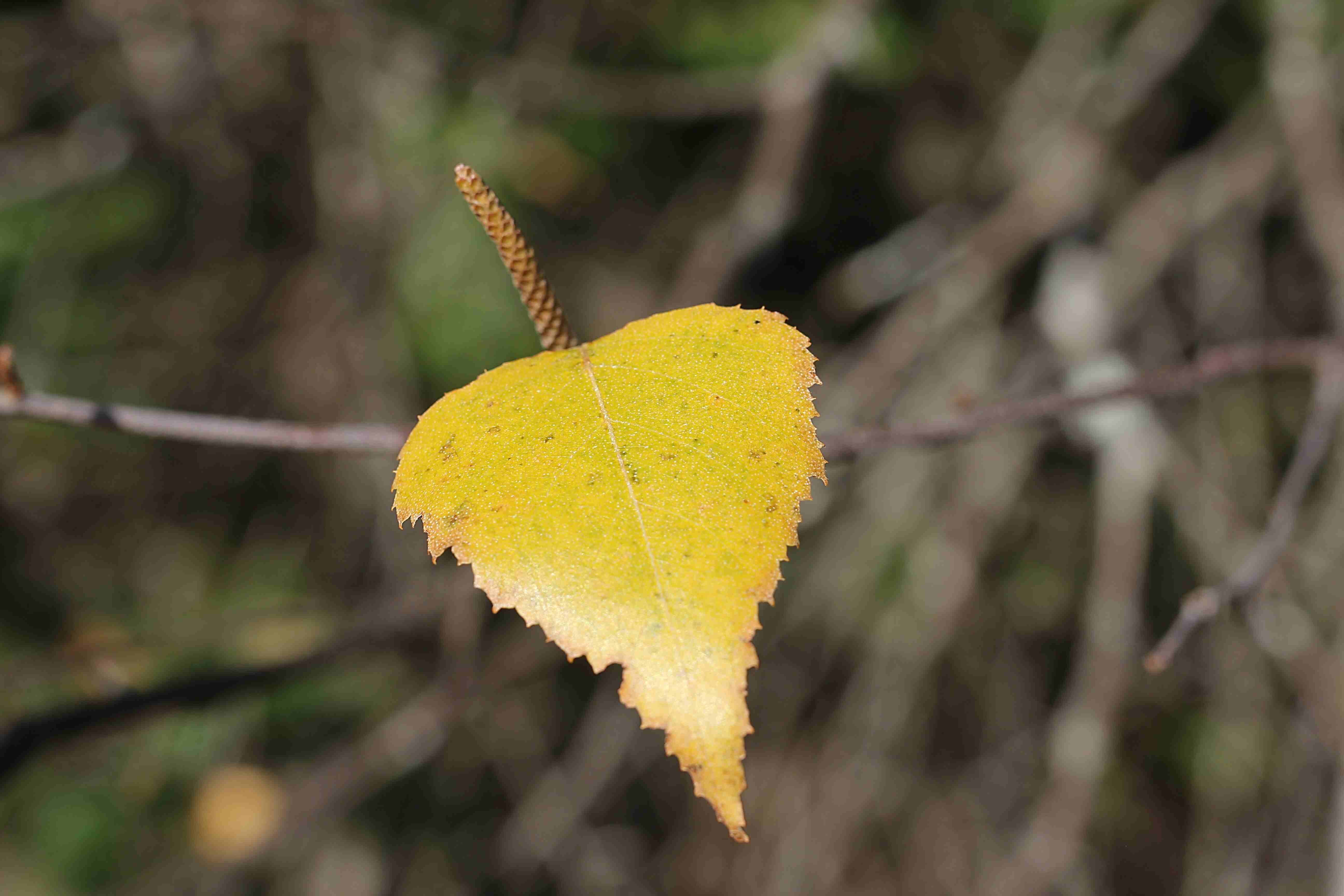
Autumn golden leaves
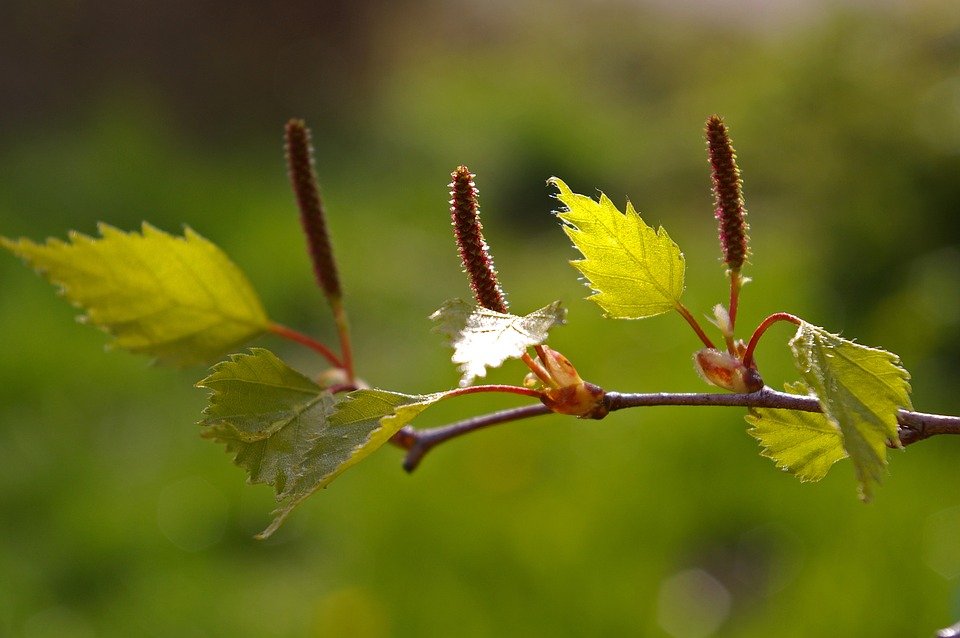
Fresh spring leaves source
Birch Leaf Oil
You can infuse the leaves of the birch tree in oil to create a massage oil for your skin. It is said to help soothe aching muscles, and help with skin conditions such as eczema and psoriasis.
How to make birch leaf oil
Take clean dry leaves, chop them up, pack them in a jar 3/4 full, cover them in oil (I use jojoba) and let it sit in a sunny window for three weeks. Shake often to make sure nothing spoils and then strain. Its magic. This can be used as a base for salves. cream or lotions or applied directly.
Birch Bark
Birch bark contains a number of medicinal compounds including betulinic acid which is the compound most responsible for its anti-inflammatory capacity and is often used to combat conditions like gout and rheumatoid arthritis. source
Birch bark essential oil offers: anti-rheumatic, anti-arthritic, febrifuge, diuretic, astringent, detoxifying, analgesic, depurative, antiseptic, stimulant, germicide, tonic, insecticide, and anti-depressant. The major chemical constituents contributing to its therapeutic properties are betulene, methyl salicylate, betulenol, creosol, salicylic acid, and guaiacol.source
Birch bark can also be used as an emergency survival food. It can be ground up into a flour and used as sustenance. It is not a popular food source by any means but it will keep you alive.
How to use birch bark
If you have an essential oil distiller or if you are enterprising and up for the challenge of making your own steam distiller, you can extract the oil from the birch bark to gather the pure essential oils of the bark. You can also infuse birch bark in a tea on its own of combined with birch leaves.
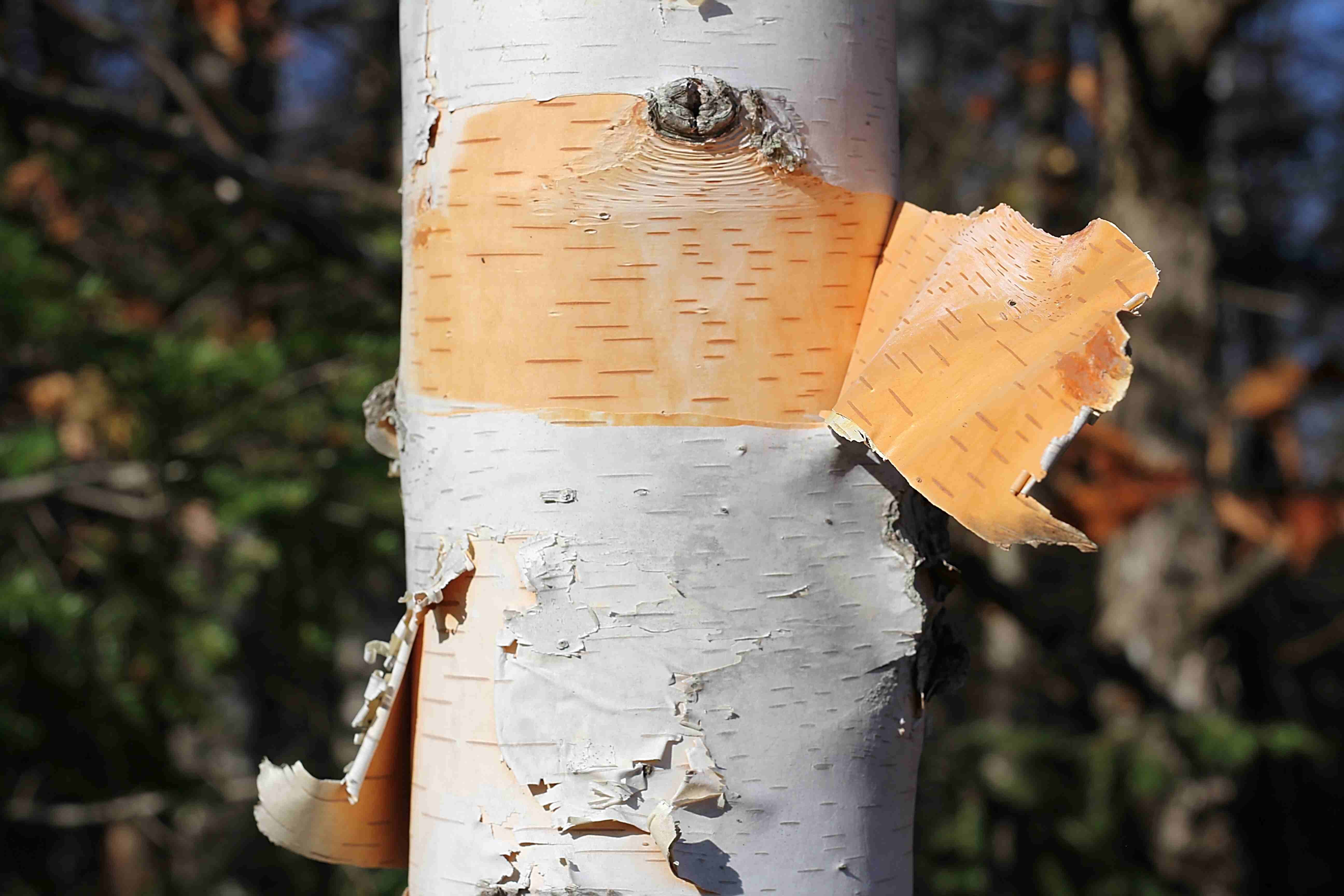
This is the papery outer bark of the white birch.
Birch Sap
Birch sap contains anti-inflammatory, antibacterial and astringent properties making it a valuable substance for the skin. It contains a number of amino acids as well as natural antioxidants and nutrients that are great for the skin. Birch sap can help reverse the signs of aging and may help relieve inflammatory skin conditions like eczema and psoriasis.source
How to tap a birch tree
You can tap a birch tree in the spring, just as you would a maple tree. If you'd like to learn more, I've written about how to tap a birch tree here!
How to use birch sap
Birch sap water is a common drink in Europe, Russia and China. You can drink it fresh from the tree, You can also turn the sap into syrup wine or beer. That said we have made wine and it was less than impressive and the sap requires about 100–150 liters of sap to produce one liter of syrup - it is a lot of work.
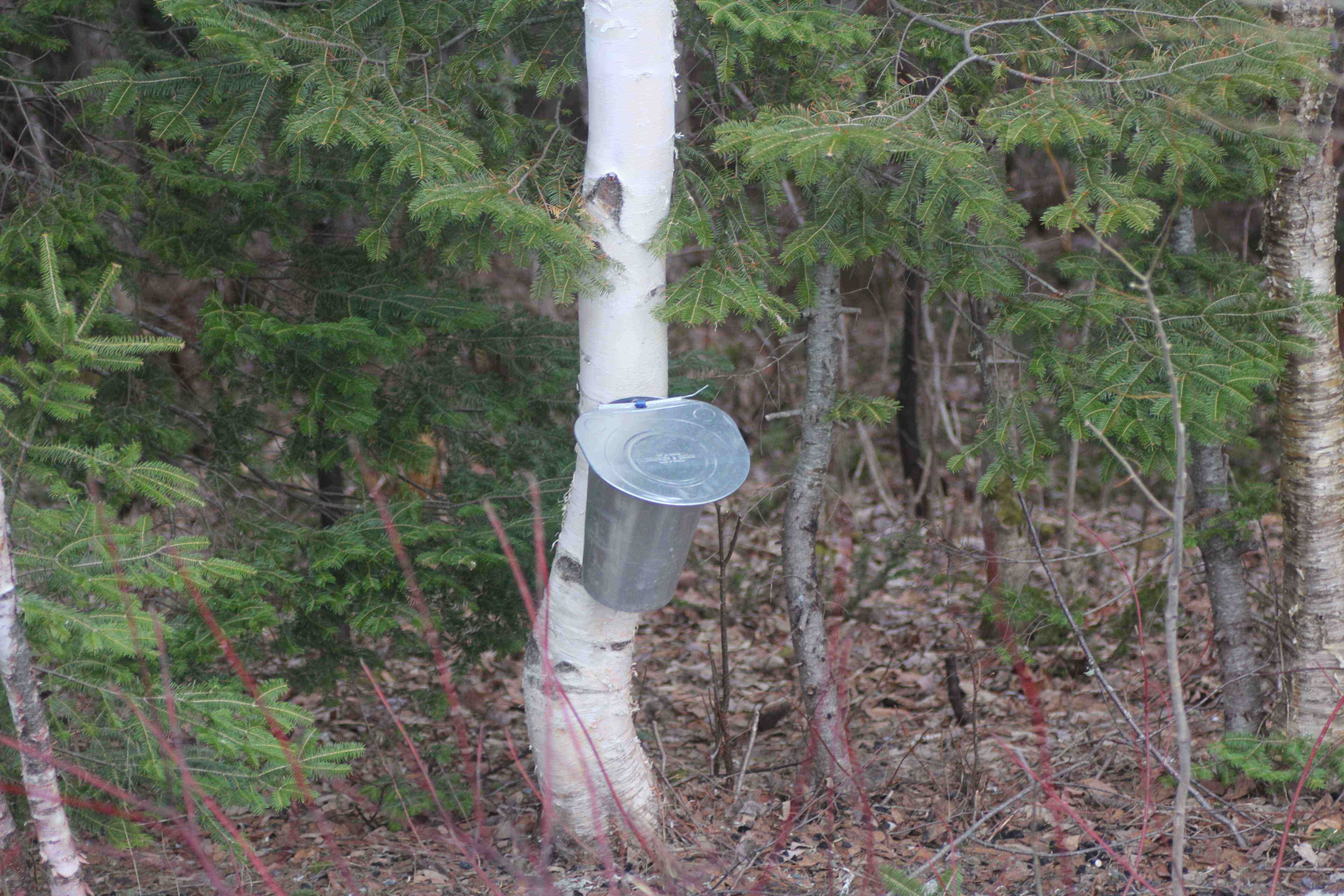
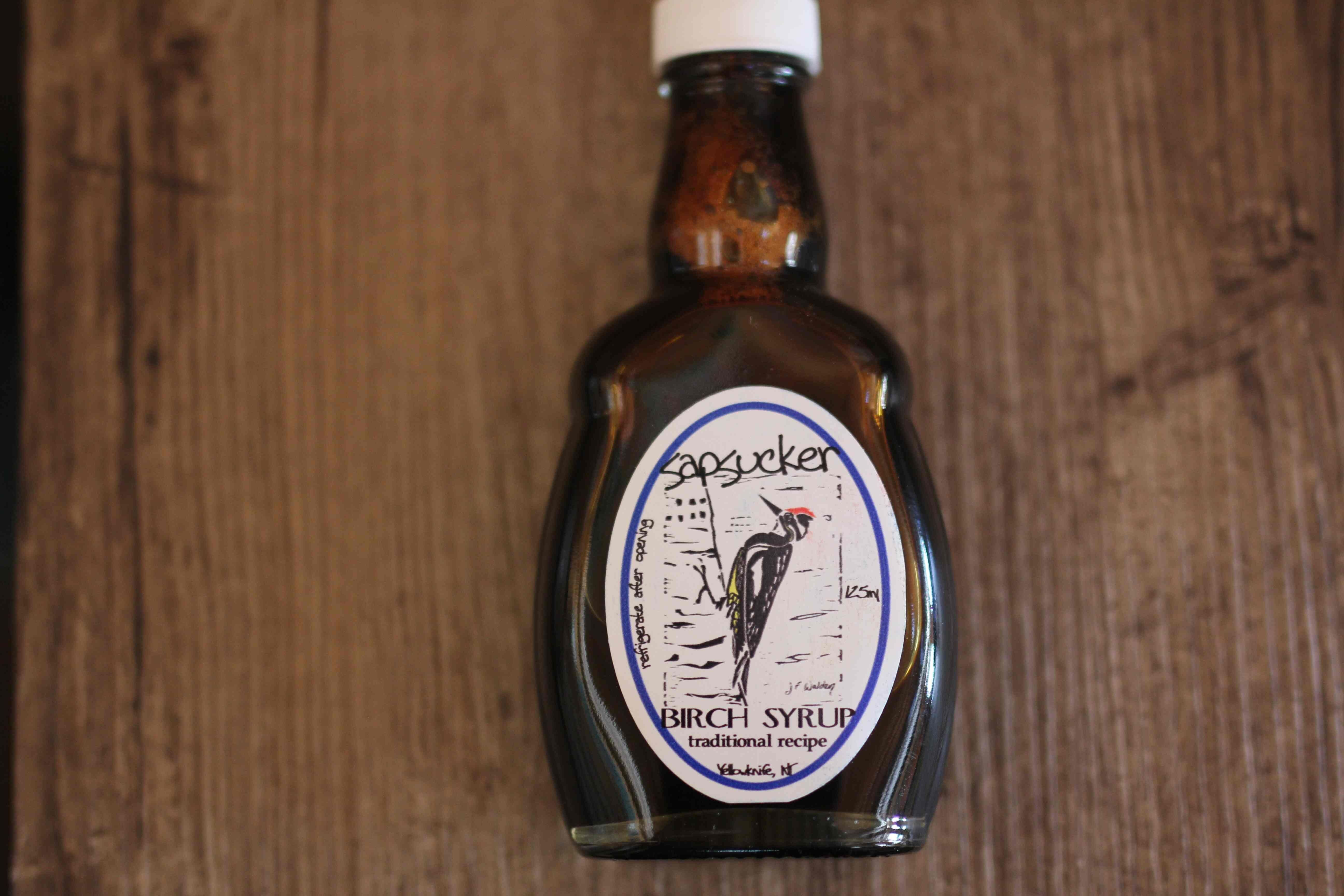
Birch is the sacred tree of Frigga, Norse goddess of love, sky and clouds, who spins rainbows.
Birch Pitch (Tar)
If you have heard about pine pitch before then you'll love this. Birch bark has heavy concentrations of oil and you can extract this oil to make tar. The tar can be refined to make fuel & adhesives or it can be used to treat certain skin ailments, waterproofing and wood treatments. I have not made birch tar (yet) so here is a great tutorial on how to make birch tar for anyone interested in making it.
Sustainable Harvesting
Peeling off too much of the white birch's outer bark can kill the tree. Harvesting the inner bark from a birch tree is also very harmful. We only harvest inner bark from fallen trees. Take only what you need and be mindful always of not harming the tree as you gather.
The first letter of the tree alphabet is Birch (Beithe in Gaelic), a tree rich in symbolism, especially of beginnings.
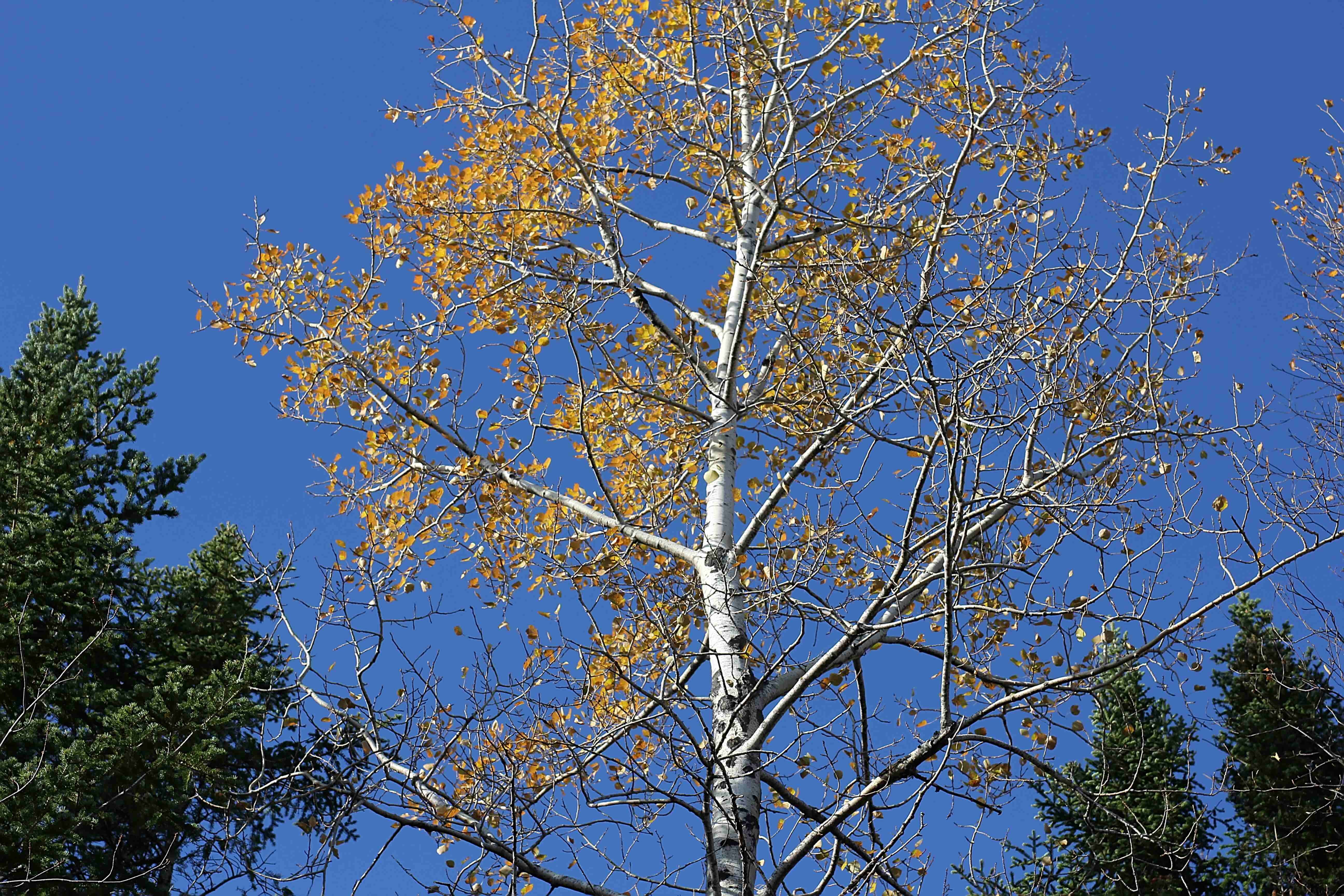
Precautions and Potential Side Effects
Please not that you should do your own research and talk to a professional if you have any doubts prior to using herbal medicines. With all plant medicine it is prudent to research any potential side effects or conflicts if you take other medicines. If you are pregnant or nursing it is advised to avoid without the guidance of a professional natural medicine practitioner.
People with allergies to; mugwort, carrot and celery should also avoid using birch. It may also cause a reaction in people sensitive to other plant-based foods including soybeans, peanuts, hazelnuts and apples. Anyone with high blood pressure should avoid using birch internally.
The birch begins to crack its outer sheath of baby green and show the white beneath. ~ Robert Frost
Building a greener, more beautiful world one seed at a time.
Homesteading | Gardening | Frugal Living | Preserving Food| From Scratch
Cooking|
You can also find me at: walkerland.ca |
Facebook
Photo copyright: @walkerland UNLESS otherwise noted!


https://www.doctormahers.com/benefits-of-birch-leaf/
http://www.faim.org/the-healing-powers-of-wild-chaga
https://www.herballegacy.com/Birch_Medicinal.html
https://www.crookedchimneysyrup.com/?page_id=24
http://ayurvedicoils.com/tag/health-benefits-of-birch-essential-oil
https://chaga.ca/pages/what-is-chaga
http://watershed.for.unb.ca/files/hardwoods.pdf
